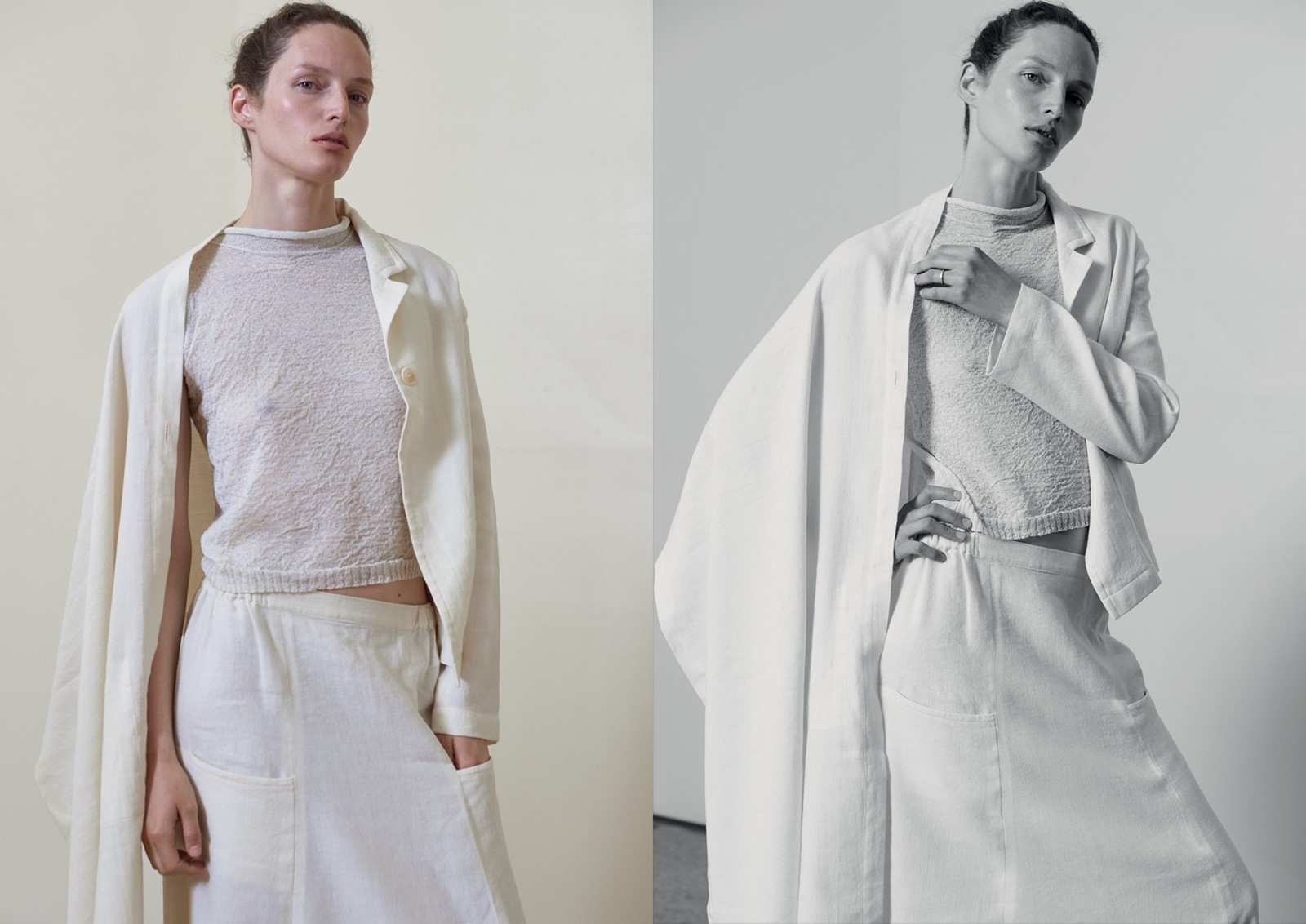Shirin Guild established her namesake label in London during a period when cross-cultural style was the dernier cri in international fashion. During the early Nineties, designers as disparate as Dries Van Noten and Gianni Versace explored ethnographic narratives, pushing everything from embroidered silks to batik-printed fabrics into hip wardrobes of the time. The arrival of Guild’s minimalist strand of ethnic wear in 1991 caused a swell of confident, erudite women to banish these more ornamental styles in favour of a more fluid, Eastern elegance. Within six years Shirin Guild became the top-selling designer collection in the venerated department store Liberty of London, which itself had been something of a temple to Orientalism since opening in 1875.
In 1997, Guild’s ‘Abba’ coat, jacket and vest, paired with apron-fronted linen trousers, stood in the middle of the Victoria and Albert Museum as part of an exhibition that focused on themes of post-war national fashion identity. Her work is part of the permanent collection there as well as the Brighton Museum & Art Gallery and Fashion Institute of Technology in New York. Such acquisitions of Guild’s work are astonishing not for their period, but for how they endure as striking examples of avant-gardist understatement.
For more than twenty years Guild has enjoyed an almost cultish reputation parallel to that of another of fashion’s robust advocates for minimalism: the Yugoslavian-born designer Zoran. Zoran first made his name in the late Seventies in New York, presenting austere, liquid clothes that had no buttons, snaps or zippers. Today, like Guild, he operates outside the traditional seasonal calendar, selling directly to clients, snubbing the anxieties of seasonal trends and internet shopping.
Between 2000 and 2008 Guild had her own store at 241 Fulham Road in Chelsea, which held three floors of her distinct aesthetic: world clothing – namely traditional menswear from her native Iran – reimagined with a modern, reductivist aesthetic in the finest fabrics. Today the label hosts regular pop-up sales in Marylebone that, after only a few minutes of opening, become a battlefield of Irish linen, Italian wool and crisp cotton as Guild’s faithful habitués rummage through the racks, feeding their discreet brand of modishness.
There is great elegance to minimalism. “I think as we grow we want to have a calmer life,” Guild says. “I actually think I have always been a kind of minimal person. I like simple things, because to me simplicity is the key to everything. If you go in a straight line, how can you make a mistake?”
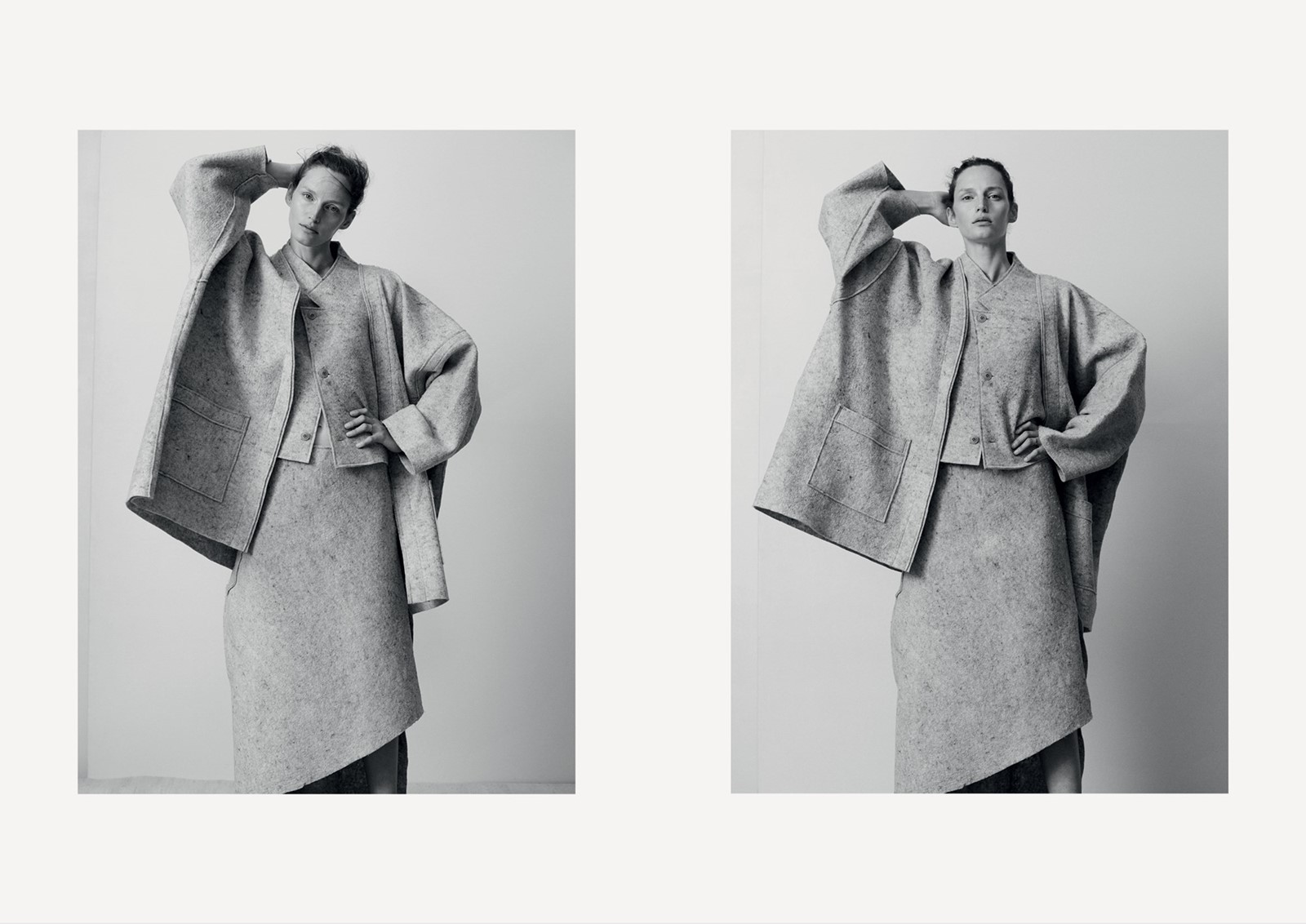
Born in 1946, Guild grew up in Iran, and lived in London and New York for a time. Before the Iranian Revolution of 1979, she moved to Los Angeles to settle with her first husband, with whom she had two sons. It was in Beverly Hills that Guild first discovered clothes by a group of then-unknown Japanese designers, hanging in a boutique on Camden Drive. Looking through a photo album from the time, she stops on a picture of herself wearing a half-sequined, velvet dinner jacket with an embroidered dragon crawling down the front. “Kansai Yamamoto!” she sighs. “When I saw Comme, Issey and Yohji’s clothes, the ethnic strand of their work, that was all I wanted to wear. I wouldn’t say I was ever a maximalist, but I did shop a lot – although my mind always worked in a minimalist way. I liked straight lines, simple things with little pattern. No accessories, no jewellery.”
In the years that followed, Guild separated from her husband and returned to London, where she went on to meet interior designer Robin Guild at a dinner party. They married in 1985 and he became a major force in her setting up her own business. “Everybody used to ask me what I was wearing all of the time, because I used to wear these funny tribal pants. People stopped me in the street or whenever I was shopping to ask me about them, and one day Robin said, ‘You have to sell these clothes.’” With no official training, Guild enlisted the help of a tutor from Central Saint Martins who, after two months, impressed by her in instinctive knowledge of fabrics, told her, “You know what you want to do; you should just go and make these clothes.”
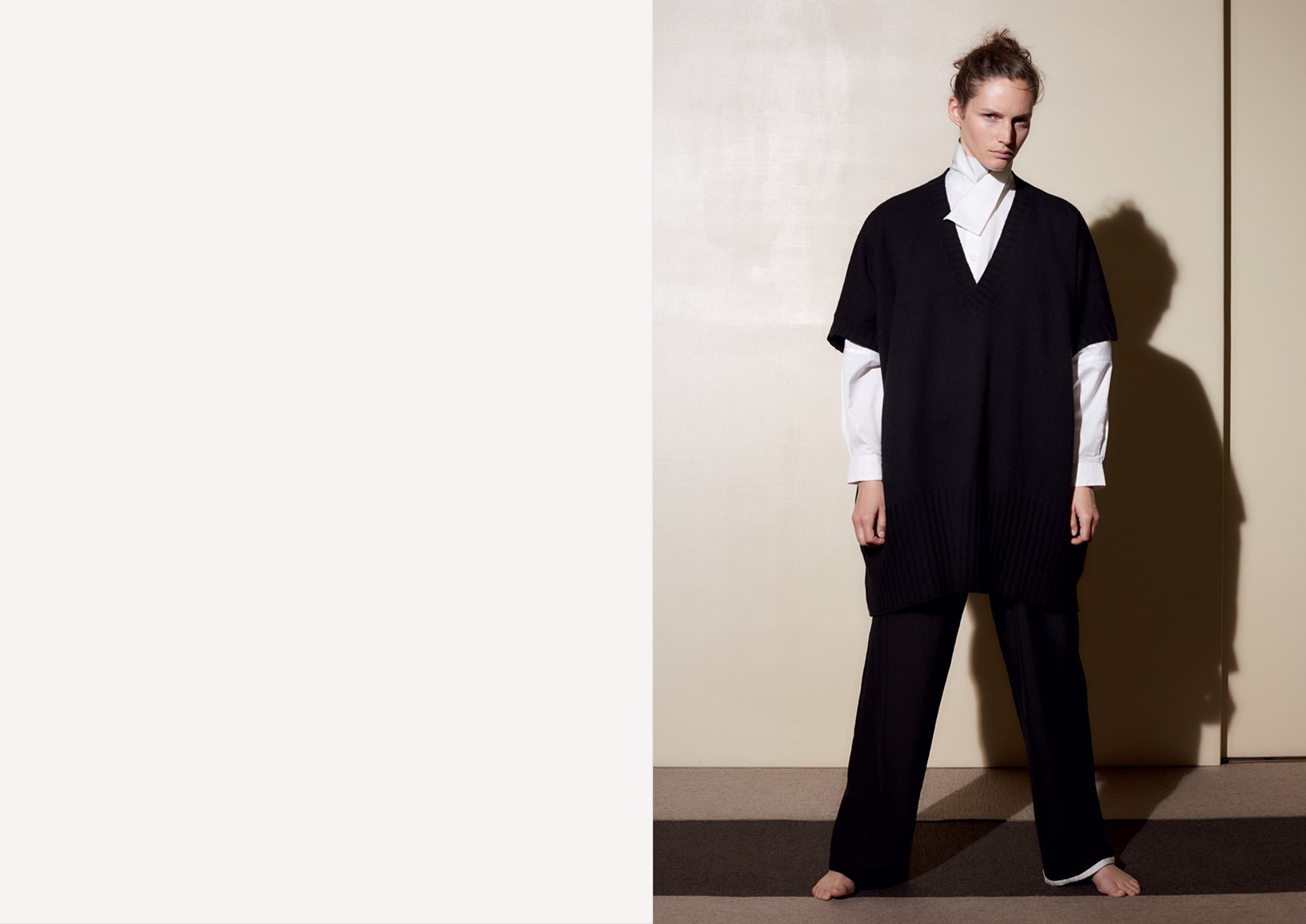
Like Rei Kawakubo, Issey Miyake and Yohji Yamamoto, the inspiration for Guild’s designs begins with the indigenous clothing she saw as a child growing up in Tehran. “The reason some of our jackets and pants – like the first ones I made – are Kurdish is because I liked the shepherds in the mountains of Kurdistan, who I would see when we used to travel there. That visual always stayed with me. I liked the scenery and, my God, the scarecrows too. The scarecrows always wore these big, square coats in black, with these funny hats!” Her muted colour palette of browns, greys and sometimes lilac earth tones echoes the sun sweeping across the mountains that surround Tehran.
As a child, Guild was sure of her own style. She remembers wearing a skirt of her own design to accompany her mother on a visit to a dressmaker who, so impressed by the understated denim skirt, swiftly ordered 100 of them. “I had to go back to the Caspian Sea to buy more fabric, and then my cousin and I sat at my grandmother’s machine for days. She would be sewing and I would turn the wheel! It was quite funny because we didn’t know how to do darts and so that’s why we made them into hipster skirts. We also didn’t know how to put in zips, so we went to a shoemaker and asked him to put eyelets at the waist so we could use shoelaces to keep the skirts up!” Guild was 14 years old. “It was just at the beginning of when I started making things for myself,” she says.
Skirts aside, Guild has always favoured more masculine clothes. “I used to wear pants, men’s watches, ride a man’s bicycle – everything was a boy’s thing. I continued doing that for the rest of my life,” she says. “I wear everything in a masculine way. Maybe it’s cultural, but I find clothes that cover the body to be much more elegant.” Her hallmarks – oversized sweaters, Kurdish trousers, billowing shepherd shirts, mountain coats and square shape knits – are often worn layered, by both men and women. Their drape falls on the natural curvatures of the body, creating a feeling of unmistakable sensuality. In her work, fabric is key to flattering the silhouette: Guild sits with manufacturers, working with them from yarn through to the weave, designing her own materials by blending cashmere, silk, linen, wool, cotton, stainless steel, copper, hemp, bamboo, pineapple and even paper.
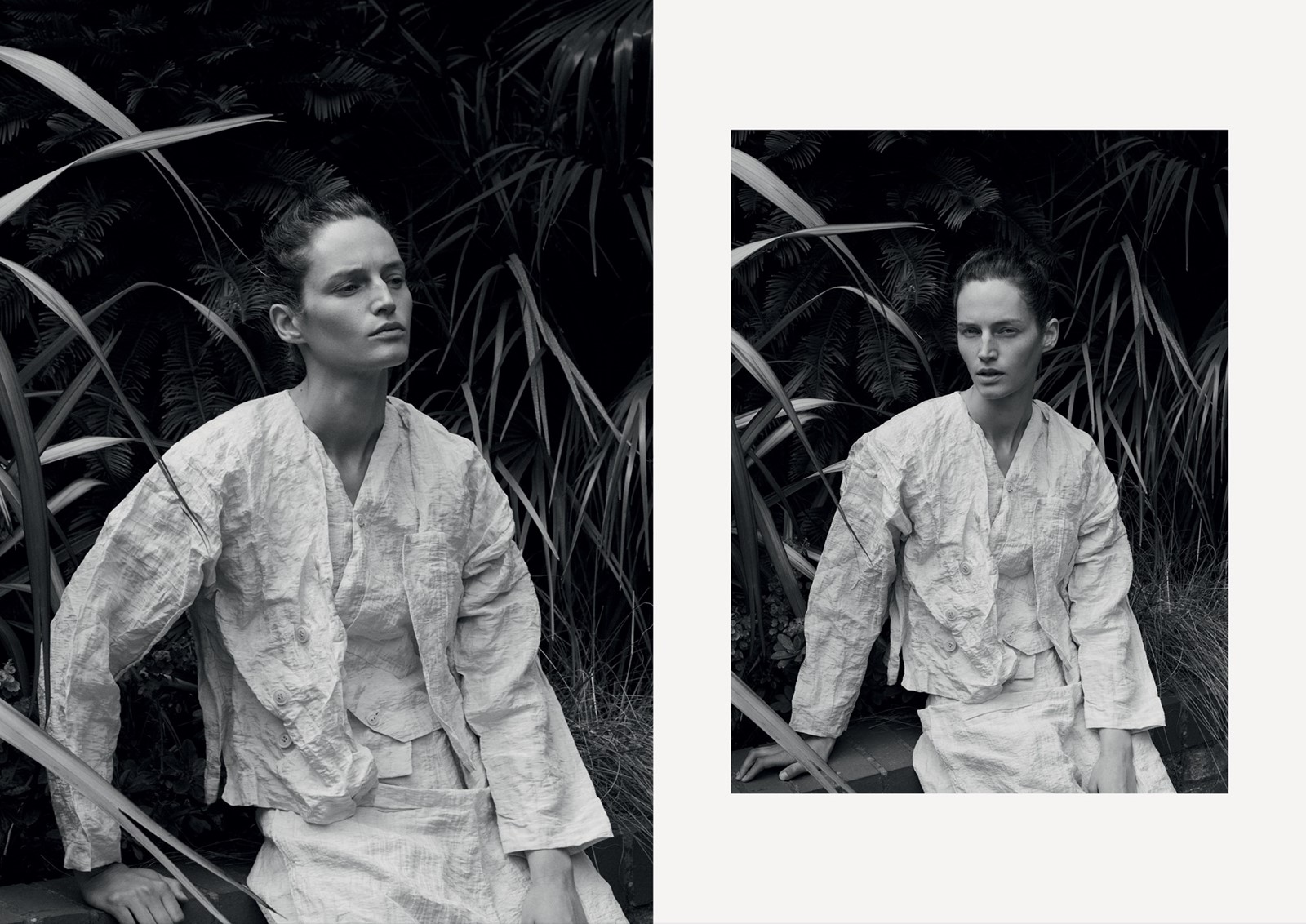
“I believe that you should understand the clothes you are wearing but I have learned that most people just wear what they think is fashionable,” she says. Guild’s clients are quite sure of their own style, hence choosing to wear clothes that operate outside the parameters of fashion. Because Guild’s designs are never really ‘in’ fashion, they never fall out of it. “I have always liked how a huge square garment will adapt to everyone’s individual shape – this has no relation to a season, or a year. These clothes are about a certain sense of freedom.”
Hers is a fluid, sculptural style, much more empowering than the caricatured, hourglass silhouette of iconic feminine dress that was all around Guild in Eighties LA. “All my life people asked me what I was wearing and I never understood why. I didn’t realise that there was this dilemma for people who did not know which clothes to wear. It was only after I started designing that I understood just how difficult it was for lots of women to get dressed.” Transcending her sources – based on flat, two-dimensional cutting – Guild freed the body from the restraints of Western three-dimensional cuts of the time, which constantly confined and defined the body.
“You cannot neatly pigeon-hole the growing band of women who regard Shirin Guild’s clothes as feast in famine,” wrote Kathryn Samuel in the Daily Telegraph in 1995. “One thing is certain: the women who love Shirin Guild’s clothes have enjoyed fashion but passed through that quixotic barrier and now confidently display their own sense of style.”
Her clothes question the very essence of simplicity; question the very need for constant reinvention. Yet reinvention is one of fashion’s most tacit demands. “I said it from day one and I still say it – these clothes are for people who have graduated away from fashion,” Guild insists. Tulip-shaped Qajar pants worn with asymmetric jacket shawls; peasant jackets made using double-layered and stitched cloths; Guild’s ‘Abba’ jackets made from gauze; these are for a very specific woman. “You need only a few pieces and that’s it.”
“They will take you through the year whether you are pregnant, petite, big or whatever. Everyone can wear them and get on with their lives.” Issey Miyake once said, “I love to see people make the clothes belong to them, make them no longer mine, but their own.” This philosophy could apply to Guild too.
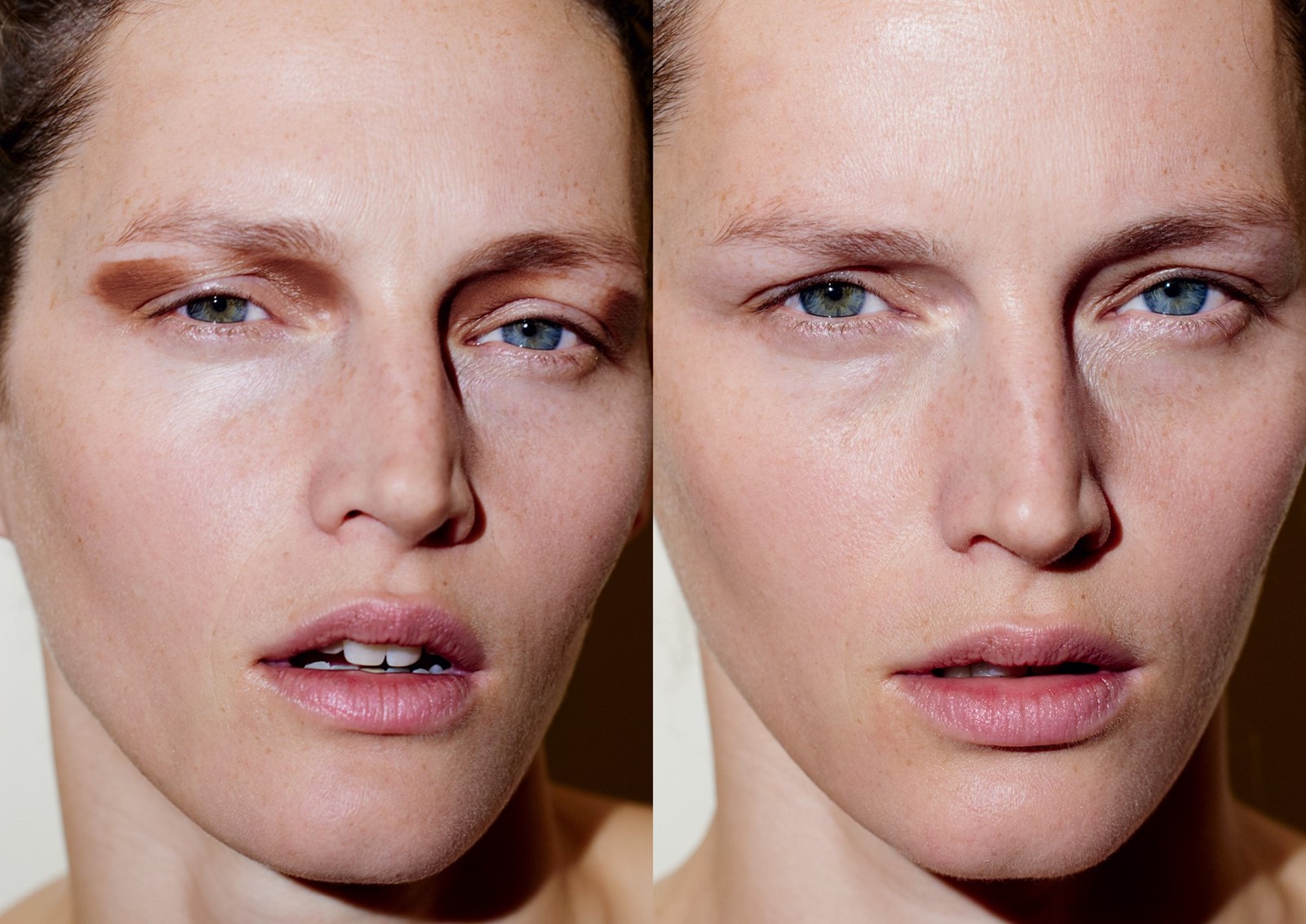
Curiously, the contents of Guild’s archive, neatly piled on towering shelves at her home in Battersea, look astonishingly modern, mainly because her design process reflects a need for clothes that are useful, elegant, neutralising. They aren’t focused on skittish seasonal impulse. “We make the same thing over and over again, changing the fabrics and the colours and the details of the knitwear, but frankly they are all based on the same thing,” she says.
Since Robin’s death in 2006, Guild’s feelings about holding onto material objects and ‘things’ have become more hardline. “We used to have three large rooms, each with metal shelves, like museums for the archives, but because it’s been moved three times, a lot of it has got lost in transit,” she says. “Every few years we do get rid of some of it, because it would be impossible to keep it all, but honestly, why do we need to keep it anymore?”
If the mini skirt, the studded leather biker jacket and the denim jean can be taken to be social and political emblems of their time, then what do Guild’s exacting clothes from the last two decades tell us? “I am obsessed with squares! I love men in skirts – we wear pants, so why can’t men wear skirts? And I love linen,” she says. With square cuts worn in multiple layers, trousers with skirts or apron fronts, and jumpers woven in paper or steel, Guild’s archive is a timeless catalogue of shapes and textiles that go some way to eclipsing staid notions of formal and casual wear, gender and even time.
“I’m not attached to things, and in all seriousness I think we buy too many things that we have no use for,” Guild says. “I used to waste a lot and buy a lot of clothes before I met Robin, and I have come a long way, because today, I am a collector of nothing.”
Credits
Hair Angelo Seminara at Streeters, using Davines; Make-up Thomas De Kluyver at D&V; Casting Juergen Schabes; Model Vivien Solari at Tess Management
Archivist launches today at Claire de Rouen, and is available online
